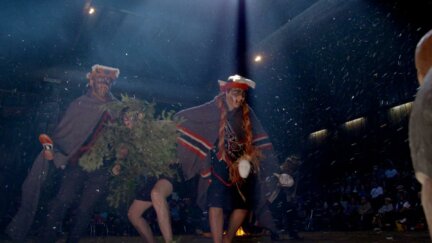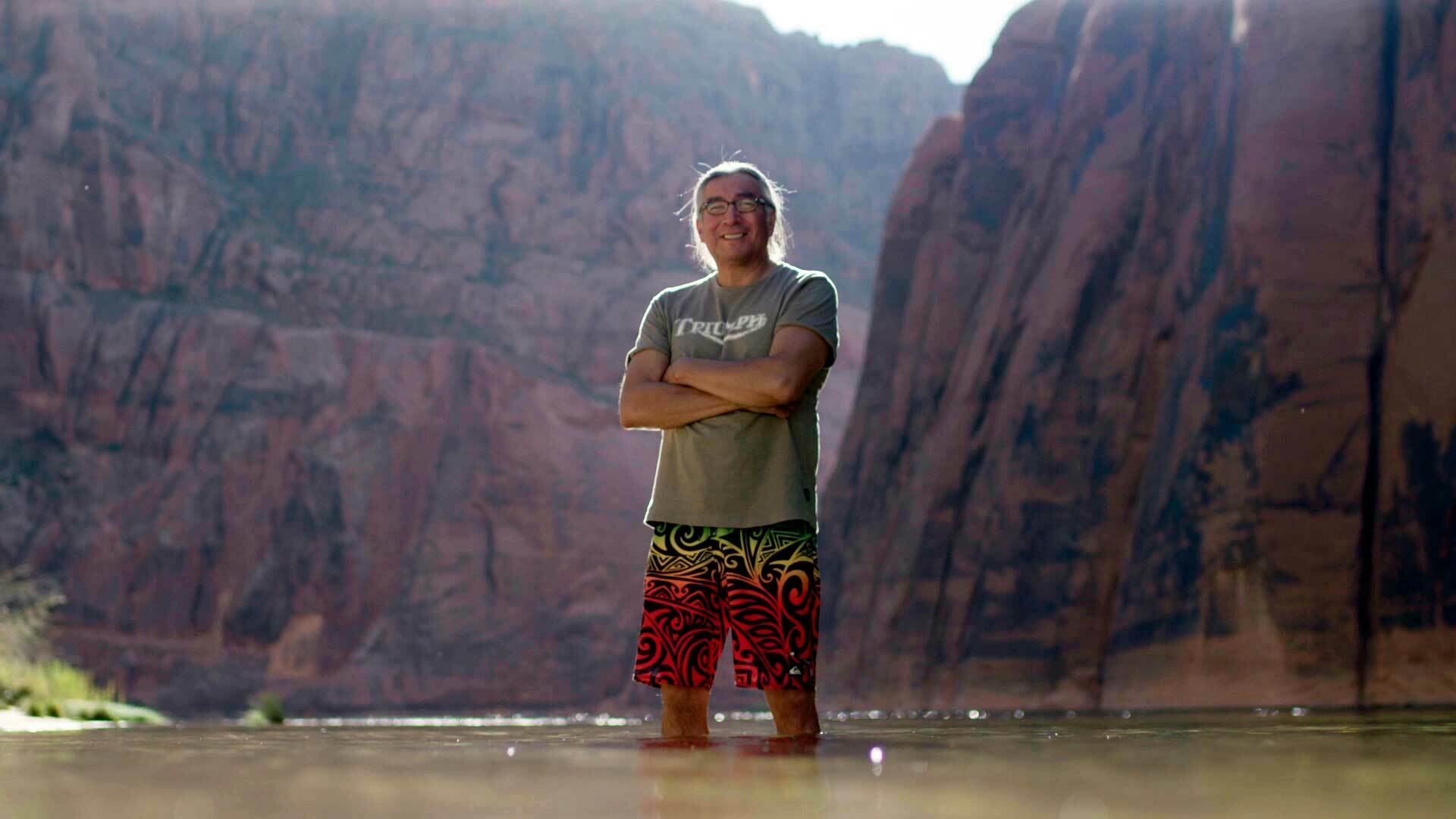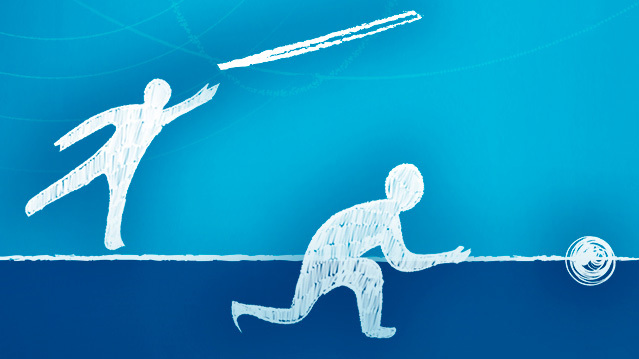Episode 2: Nature to Nations
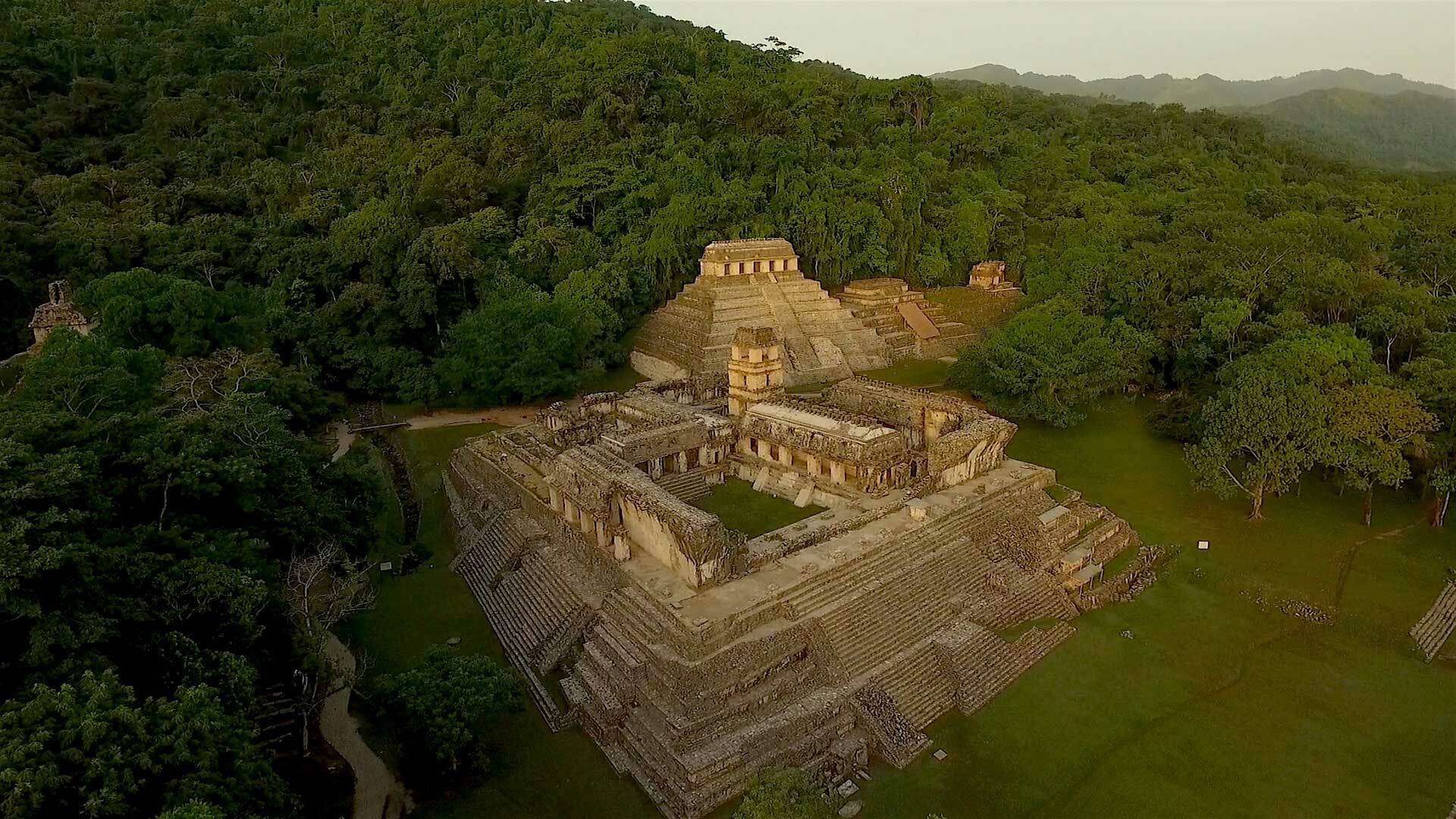
Watch Nature to Nations
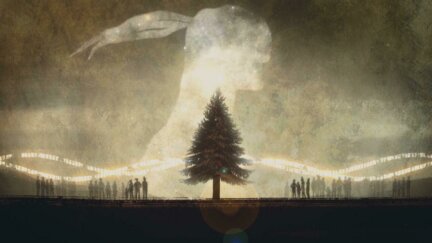
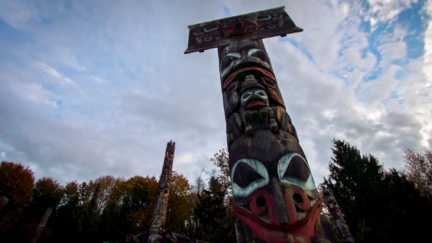
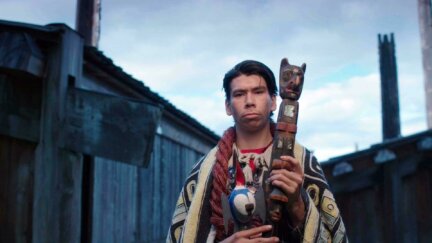
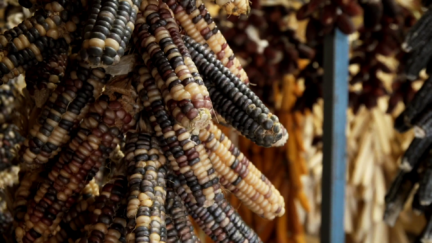
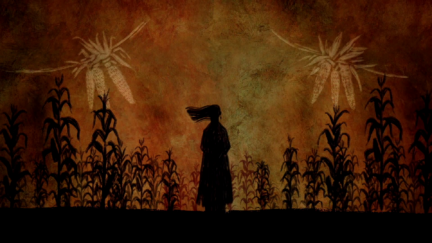

- 1
- 2
- Next
Watch Extended Interviews from the Episode

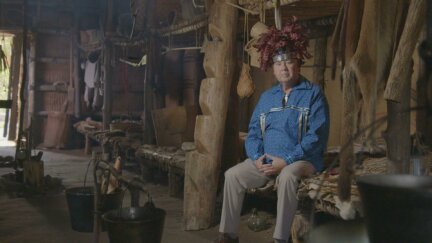

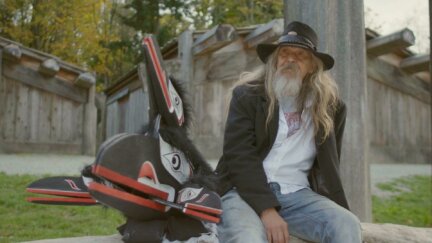
Photo Gallery

















More About This Episode
Centering on the democracy of New York’s Haudenosaunee Peoples — also known as the Iroquois Confederacy — Nature to Nations reveals how elements of the natural world drive governance in Native America. The story of Hiawatha and the Peacemaker, as told by native elders, demonstrates how shell helped end war among five tribes and bring about America’s first democracy 500 years before the United States. Ben Franklin and the Founding Fathers would later integrate key ideas from their government into the United States Constitution.
Building on these revelations, the episode traces evidence that nations across Native America use beliefs from the natural world to support governmental systems, from dynastic kingdoms to shamanistic rulers. Science and oral tradition reveal how corn, cedar, shell, and the jaguar each inspire new nations and plant the seeds of great empires. All are part of an incredible 3000-year narrative of nature, nations and cultural sophistication in Native America.

